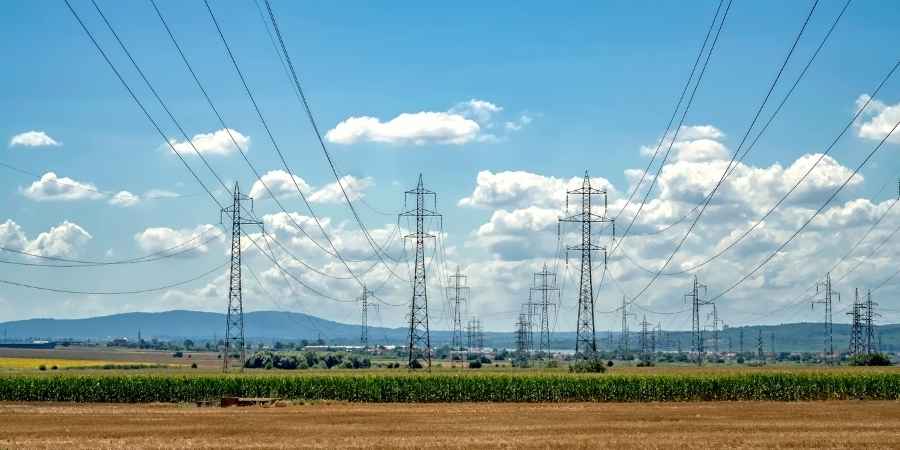Certain industries require constant, uninterrupted power. These industries include government, IT, transportation, and financial services. When power is needed continuously, it’s essential to have an Uninterruptible Power Supply, otherwise known as a UPS. These services are able to provide a continuous flow of power through any size of infrastructure.
There are two types of UPS systems; centralized and rack-mount. It’s important to determine which type of UPS provider is right for you and your organizational needs. While the two providers have the same goal, namely the endless flow of power, especially during times of usual power troubles, they go about reaching that goal in different ways.
Both rack-mount and centralized UPS systems have features that differentiate them from one another. In order to choose the system that is best for your purposes, you will want to understand the differences, as well as the advantages and disadvantages of each.
Centralized UPS
With centralized UPS systems, there are a couple of UPSs near the perimeter of the server room or in a nearby independent location. They are basically one large centerpoint that makes up the entire network of an organization.
Advantages
Many organizations choose a centralized UPS system for a variety of reasons. They can be large and are able to hold multiple components, making them a versatile option. Along with their larger size, they are incredibly reliable and have a great response time. When some sort of overload occurs, centralized systems are able to take on and respond properly to excessive currents.
Another benefit of a centralized UPS system is that they are constantly monitored to ensure proper functioning. That means if something does happen to go wrong, the issue will be discovered and addressed right away.
These systems can be a great option for many organizations. They are consistent, reliable, and stable. Running online, they are able to stay on task with no power disruptions.
Disadvantages
While there are multiple advantages to the centralized UPS system, there are also a number of disadvantages that could give you pause before choosing this option. Centralized systems require a lot of energy to set up and run, making them a non-eco-friendly option. Due to the excessive energy used by these systems, the cost to run and obtain power from them seems astronomical.
Not only that, but centralized systems need another high-voltage system to run properly, or multiple runs with low-voltage. Again, these are costly and excessive features that make them a poor choice for many organizations.
Rack-mount UPS
Instead of having one central system, rack-mount UPS systems in or adjacent to the server rack, which means that every server has the UPS hardware connected. Instead of having a centralized system that works in a certain area, a rack-mount UPS is a continual system with hardware throughout. This is optimal because if there is an issue with one area, the rest will continue to work. With a centralized UPS system, if one system goes out, the whole thing goes out.
Advantages
Rack-mount UPS systems are regularly monitored, with any issues discovered right away. If anything goes out, only one area goes out and will be addressed quickly. These systems are smaller than the centralized ones and cost a lot less, too.
They work well due to the many small servers. The short distance between the servers leads to consistent power and reduced risks. Their small size makes them easy to set up, move, and reinstall as needed.
Disadvantages
The small size makes rack-mount UPS systems less energy efficient than centralized ones. They run at a lower percentage capacity and cause waste and redundancy. Rack-mount UPS tends to be managed inefficiently due to the servers and the need for IT.
However, rack-mounts are still the ideal solution for networking and server applications. By taking care of the cooling of hardware components in the rack, they provide a seamless, streamlined mode for consistent power.
Share this
You May Also Like
These Related Stories

What is UPS Power Backup?
-1.png)
Power Without the Pause: Why the Zero-glitch Power Module Outshines a Standard UPS





